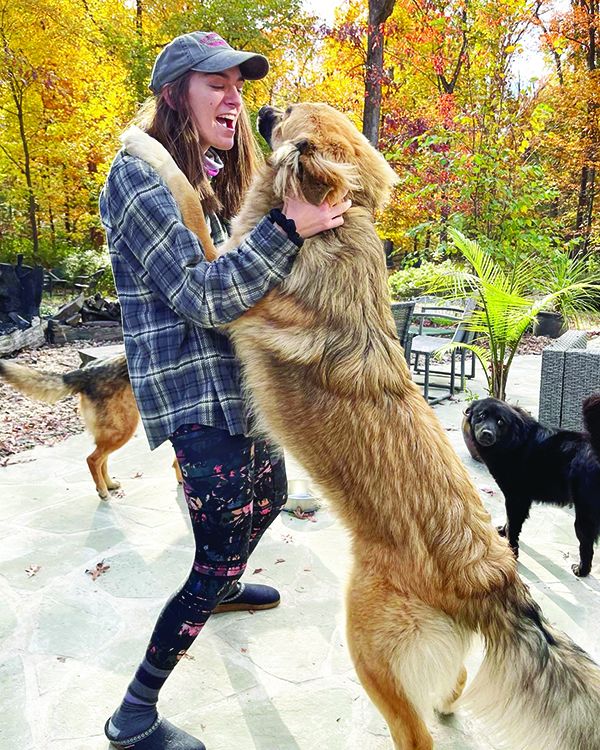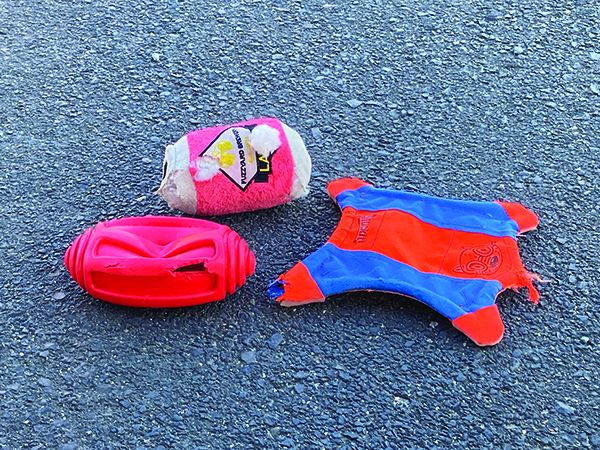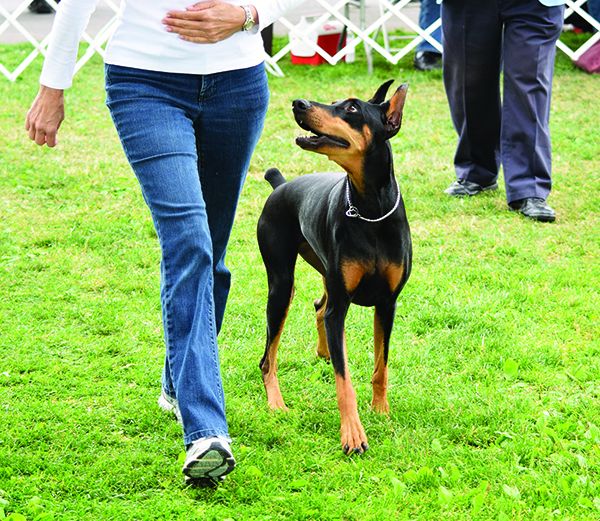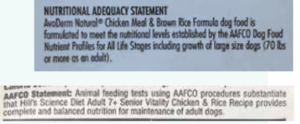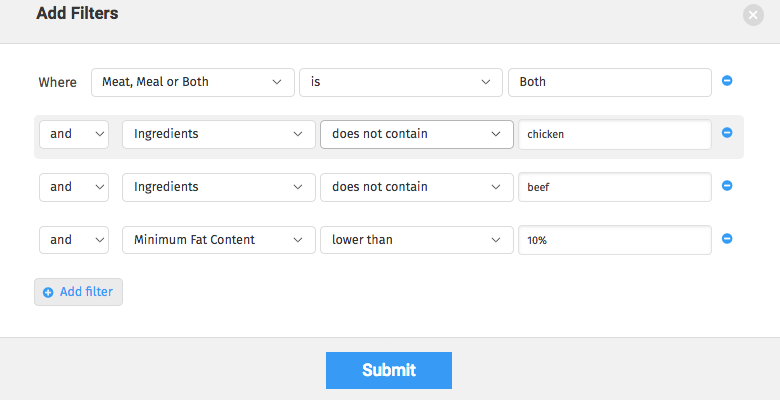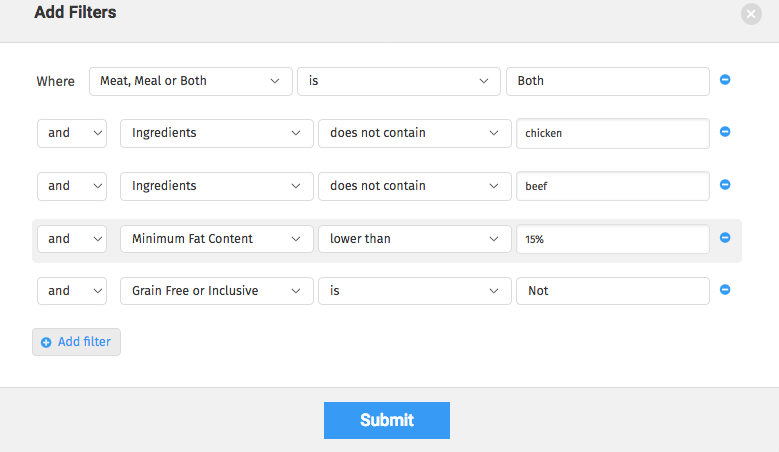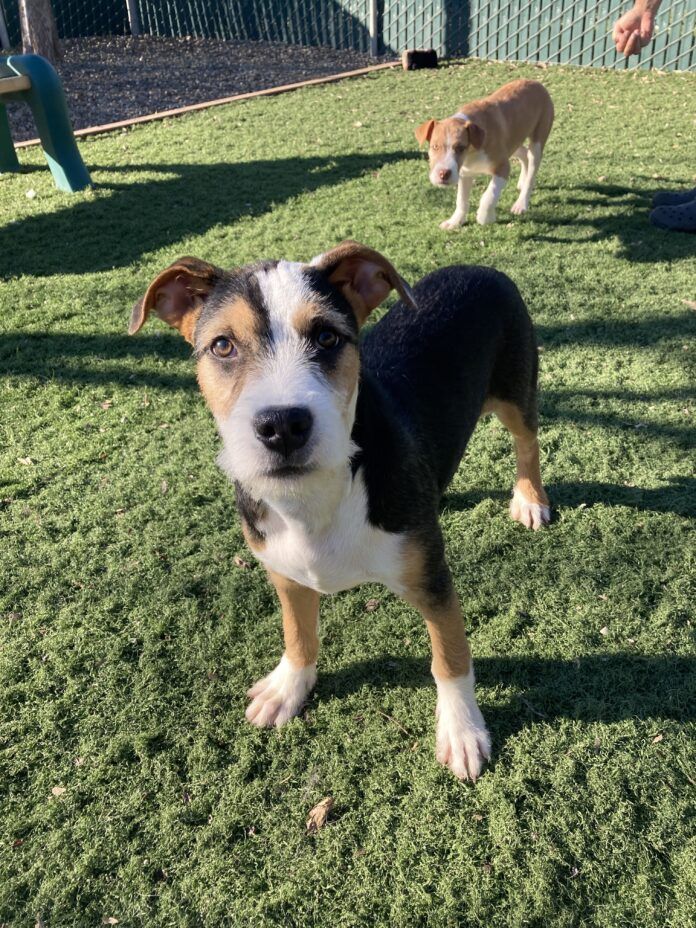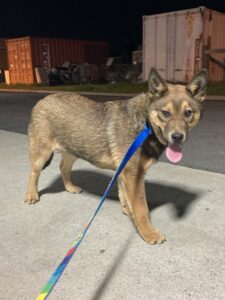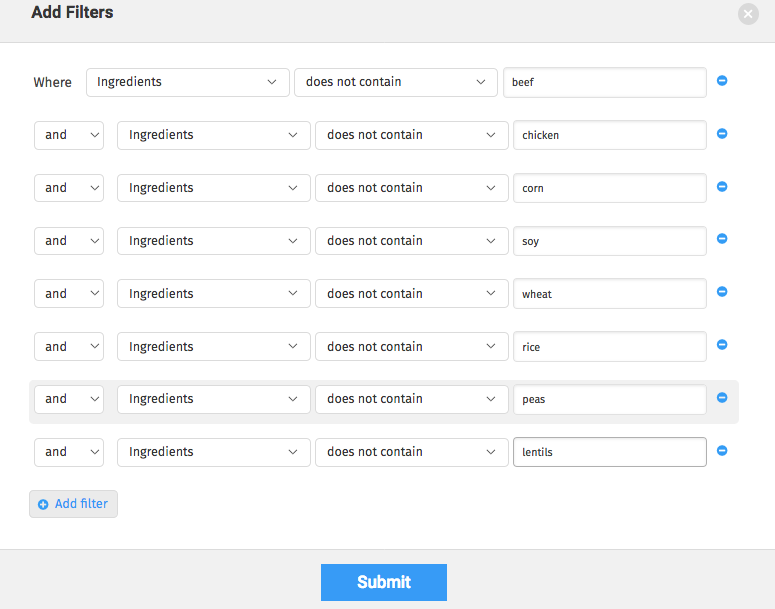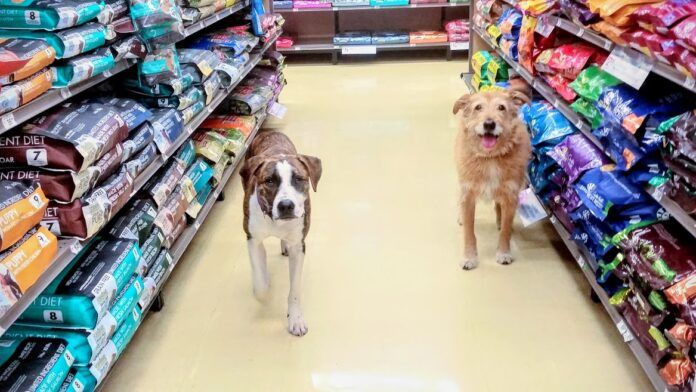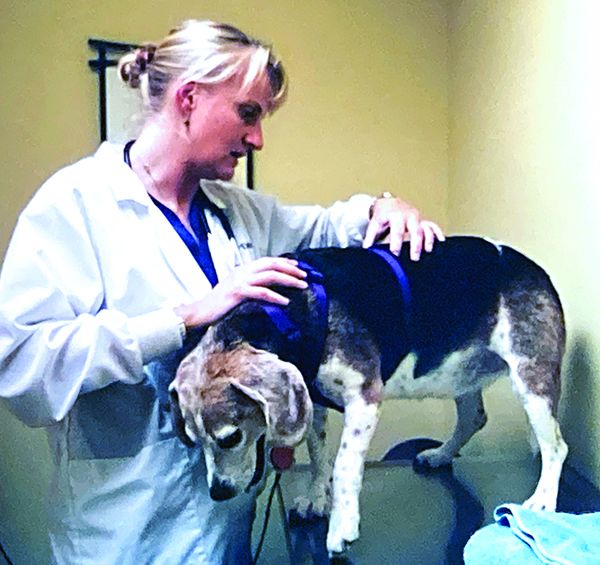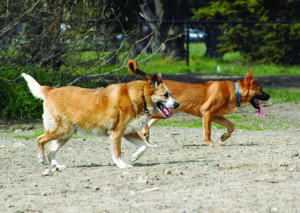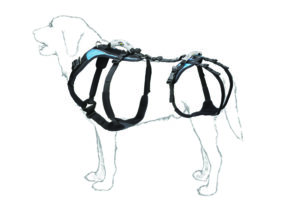When I get an email asking for help with a 6-month-old puppy who’s still not house-trained, I’ll bet you this: That puppy’s owner doesn’t live alone. There’s probably a spouse, or maybe some teenagers in the household.
How do I know? Because, in a single-person scenario, the one person who wanted the dog in the first place is setting and following the rules. With messaging that is 100% consistent, puppies learn quickly.
In contrast, as wonderful as a “village” of loved ones can be for a dog, it often comes with a negative impact on training. This may sound counter-intuitive (shouldn’t more helping hands make things easier?), but the more humans in the household, the more likely it is that there is a saboteur in their midst!
Here are some classic situations where saboteurs confuse the family dog and delay his understanding of a trained behavior:
- POTTY-TRAINING. Because of the relentless nature of early potty-training, that’s where sabotage first shows up. Sure, maybe there are a few days where everyone’s on board. But inevitably, the teenager is in the middle of a potentially high-scoring game, or the hubby’s on a Zoom, and there it is, the killer thought: “Oh, whatever. Who in the world could keep up this outside-every-30-minutes thing? I’ll just clean it up later and nobody will know.”
Ack! The bright line has been crossed; at least one member of the household has given up on getting the pup out in time. Puppy now learns that relieving herself inside offers an immediate reward – “Ahhh! That feels better!” That’s the definition of how to strengthen a behavior! Days, weeks, and even months later, the committed member of the household is mystified that potty-training is taking so long.
Household frustration starts to build. Ideally, it is not directed at the dog, who is simply learning what she’s taught.
- JUMPING UP. Similarly, teaching a dog not to jump up takes tremendous consistency. The humans must anticipate and prevent the moment of the jump (which prevents the paws-on reinforcement that feels so good to the dog) and consistently reward a different behavior, such as sitting to greet. It’s a ton of work, over and over again all day.
That’s why it is infuriating when the household saboteur comes home after a long day away and reverses all of that learning. The door’s flung open and a glorious full-body, paws-on greeting ensues. The dog is thrilled to learn that jumping is just like the lottery – you have to play to win!
Household frustration starts to build. Ideally, it’s not directed at the dog, who is simply learning what he’s taught.
- THE FORBIDDEN COUCH. In the quest to get a “yes” from a reluctant spouse, let’s say the dog-seeker has made promises. “Okay, the puppy won’t be allowed on the couch!”
Months later, while the reluctant spouse is out of the house, the dog lover figures what they don’t know won’t hurt them and encourages the couch cuddle. The snuggling feels so nice it happens again and again. Two weeks later, the reluctant spouse is shocked when their dog happily – confidently – leaps onto the couch to settle in.
Household frustration starts to build. Ideally, it is not directed at the dog, who is simply learning what she’s taught.
EASY FIX: TALK IT OUT
I’ve highlighted three common sabotage areas here, but the list could go on and on. No matter what you’re trying to teach your dog, if somebody in his life is teaching the opposite, there’s going to be trouble.
The solution starts with all the humans in the household talking it out. Here are the two key ideas to get across:
1. “Think how hard this is on our dog!” Often the guilty family member believes they’re giving the dog a happy time by letting the rules slide sometimes. In truth, it’s the opposite. The momentary happiness sets the dog up for future confusion and increased household stress. One of the kindest things you can do for your dog is to make this mystifying human world more predictable.
2. “You matter! You play a key role.” Saboteurs usually have not thought through just how much their undermining is slowing the dog’s training. In their minds, they’ve simply been assuming that one day he’ll automatically be house-trained, or naturally grow out of jumping. Nope! That will not happen. You’re teaching the dog something whenever you’re around the dog, whether you intend to or not.
LOOK FOR COMPROMISE
That simple discussion might lead to everyone getting on board. But it also may reveal something more difficult: that the sabotage was not from thoughtlessness but was instead because of a lack of consensus. The truth is, we don’t all agree about how we’d like to live with our dogs.
I received an email the other day from a woman who is about to move in with her boyfriend, whose dog “needs training.” She wanted me to work with the dog, listing a dozen behaviors she doesn’t want to live with. Hmm. The boyfriend was not the one to call me, nor was he mentioned as a key part of this training session. I suspect the boyfriend is just fine with the way he’s living with his dog.
Here’s the thing: The first order of business is to accept that there is not a universal list of “must-have” behaviors decreed from on high. It may feel obvious to one of you that your dog shouldn’t sleep in bed with you – and just as obvious to the other that that’s the whole point of having a dog. Because it’s imperative that there is clear direction for the dog, it’s time for an official household meeting about what you each want life with a dog to look like. When there’s disagreement, dig deeper, because as you talk out the “whys” of each of your desires, solutions can arise.
Let’s take the case of a husband welcoming the jump greeting, while the wife is trying to keep the dog from jumping on everybody else. That one can have a surprisingly simple solution: Put the jumping up on cue!
We actually do that at our house because we are weirdly fond of our giant dog’s exuberant hello. Whenever we come home, we enter saying, “Wait,” and then once we’ve put down our groceries or whatever, we tap our shoulders and say, “Big hug!” George, our 90-pound puppy, happily does his thing at that time. The dog gets 100% consistent direction, and we get to enjoy jumping up when we want it and not when we don’t.
With just a little thought, it’s surprising how many household training disagreements can result in a compromise plan that works for everyone.
- For the person who wants to feed his dog table scraps, who’s living with people who don’t want a dog staring at them all through dinner: What if you wait until you clear the table, and dish out that food by the sink?
- For the person who wants to snuggle with the dog on movie night, living with someone who doesn’t want dog fur all over the couch: What if you make the couch by invitation only? Ask the dog to “stay” in a sit on the floor, then put the special blanket on the key couch spot and cue, “Couch time!” Alternatively, agree on one piece of furniture that’s designated as the “dog chair” that the dog snuggler can share.
- For the person who loves to sleep with the dog, whose partner doesn’t want to feel squished in bed: How about if the early-to-bed person enjoys dog cuddles until the partner goes to bed? Or what if the dog jumps in for that last hour in the morning once the early riser is gone? I have many clients who do this, and whose dogs completely understand the drill!
Generations ago, most dog-training advice was more or less standard issue; there was one set of rules, as if every dog and owner were the same. But of course that’s ridiculous. Gather your household and decide what you want, then commit to teaching it. When nobody’s sabotaging the message, your dog can learn incredibly nuanced things.


